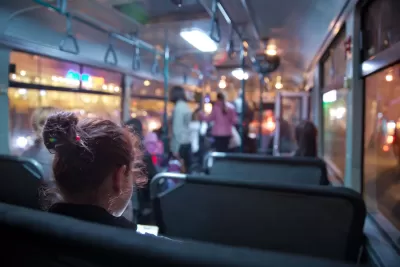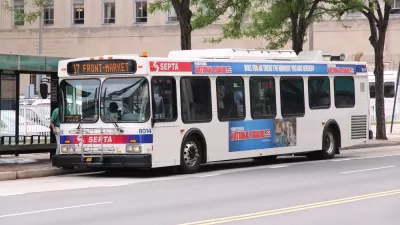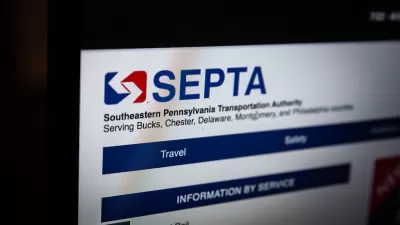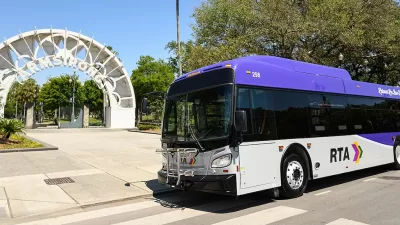Absent additional state or federal funding, public transit systems across the nation could be forced to reduce service.

Public transit systems around the country continue to struggle, with many facing service cuts without additional support.
As Amal Ahmed notes in Streetsblog USA, ridership is down while labor and operating costs are up, and pandemic-era federal funding is drying up. Service cuts lead to further ridership losses, creating a self-perpetuating “transit doom loop.” Ahmed explains, “Funding cuts — whether due to revenue losses from fares, sales taxes, or aid money — all lead to worse service. And the perception that buses are always late, or that empty trains are unsafe, can also feed into a reluctance to pay and ride for the service at all.”
On average, national transit rides are at about 74 percent of pre-pandemic levels, although that varies from region to region. In September 2023, the Department of Transportation found that only 15 urban areas of the nearly 500 that report data to the federal government had recovered entirely.
There are some bright spots: in Miami, transit ridership exceeded pre-pandemic levels last fall, and voters approved a referendum to increase transit funding. But overall, the 28 million Americans who depend on transit are seeing reduced frequencies and slower, less reliable systems. “Greater state or federal support will simply be necessary if transit systems will survive the loss of commuters who now work from home in an age of rising costs and the need to keep systems in a state of good repair.”
FULL STORY: ‘Doom Loop’ Alert: Transit Systems are Suffering — And Too Many Are Cutting Service

Alabama: Trump Terminates Settlements for Black Communities Harmed By Raw Sewage
Trump deemed the landmark civil rights agreement “illegal DEI and environmental justice policy.”

Study: Maui’s Plan to Convert Vacation Rentals to Long-Term Housing Could Cause Nearly $1 Billion Economic Loss
The plan would reduce visitor accommodation by 25% resulting in 1,900 jobs lost.

Why Should We Subsidize Public Transportation?
Many public transit agencies face financial stress due to rising costs, declining fare revenue, and declining subsidies. Transit advocates must provide a strong business case for increasing public transit funding.

Paris Bike Boom Leads to Steep Drop in Air Pollution
The French city’s air quality has improved dramatically in the past 20 years, coinciding with a growth in cycling.

Why Housing Costs More to Build in California Than in Texas
Hard costs like labor and materials combined with ‘soft’ costs such as permitting make building in the San Francisco Bay Area almost three times as costly as in Texas cities.

San Diego County Sees a Rise in Urban Coyotes
San Diego County experiences a rise in urban coyotes, as sightings become prevalent throughout its urban neighbourhoods and surrounding areas.
Urban Design for Planners 1: Software Tools
This six-course series explores essential urban design concepts using open source software and equips planners with the tools they need to participate fully in the urban design process.
Planning for Universal Design
Learn the tools for implementing Universal Design in planning regulations.
Smith Gee Studio
Alamo Area Metropolitan Planning Organization
City of Santa Clarita
Institute for Housing and Urban Development Studies (IHS)
City of Grandview
Harvard GSD Executive Education
Toledo-Lucas County Plan Commissions
Salt Lake City
NYU Wagner Graduate School of Public Service





























